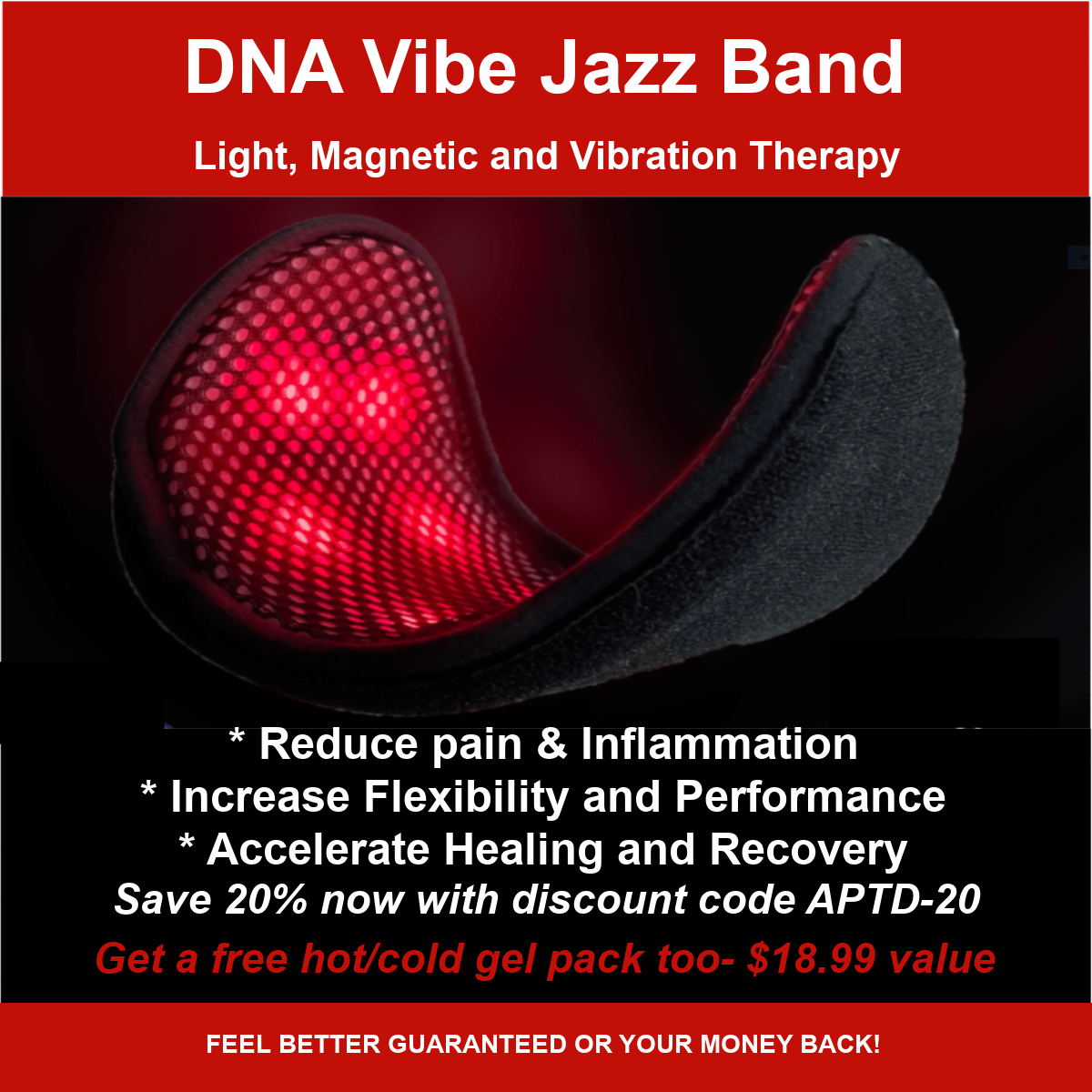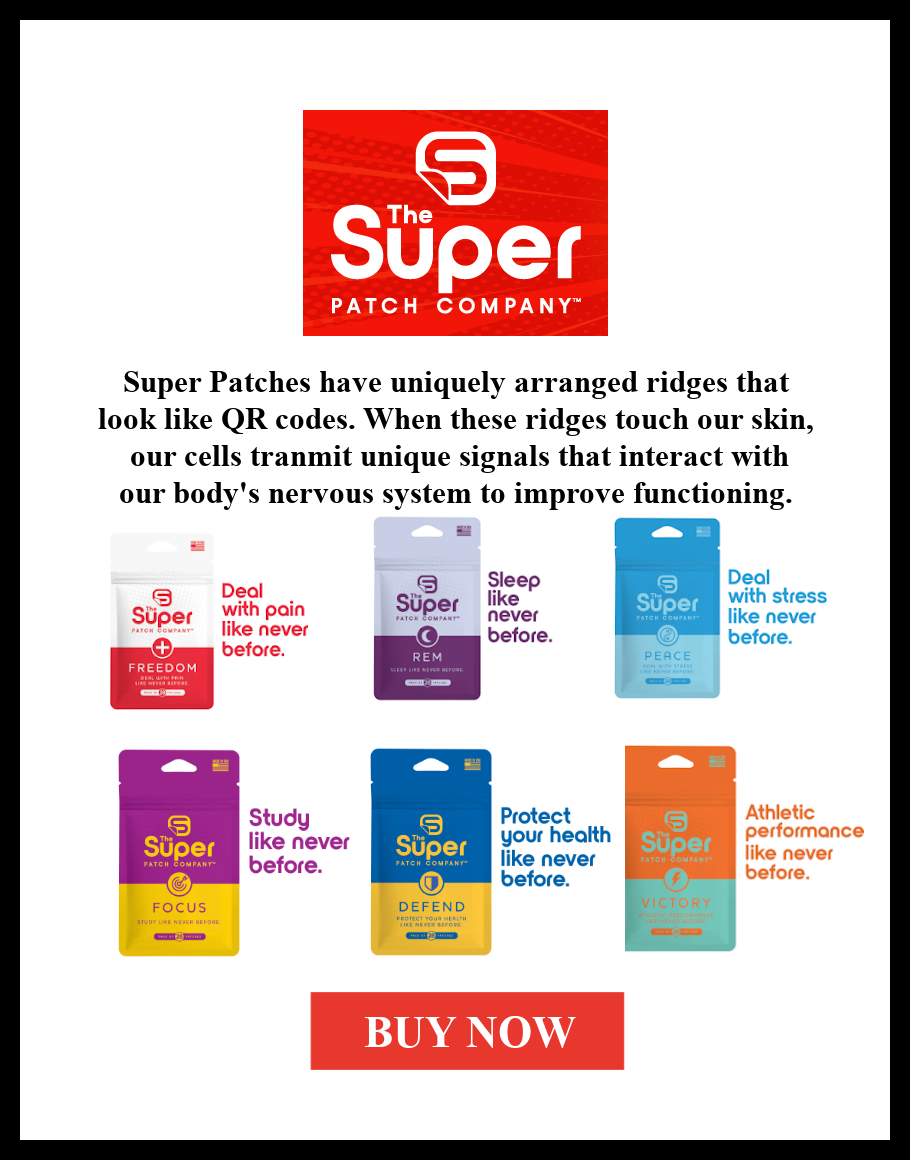
Are you angry? There’s plenty in life to be angry about. Life is often unfair. We lose the people and things we love or never get them in the first place. We get cheated and abused. There’s political strife and environmental degradation and more. Adding to it all is that some of us have to deal with chronic pain even though we’ve done nothing to deserve it and we don't get the attention and care that we need and deserve from healthcare professionals.
Pain and anger often go hand and hand. One study found that 70% of chronic pain patients struggled with anger. Current research suggests that anger itself may actually be contributing to specific types of pain.
- According to an article that appeared in Practical Pain Management, anger has been linked to inflammation and may be “a precipitating, exacerbating, or perpetuating factor in pain.”
- A study found that unhealthy aggression was associated with coronary heart disease, hypertension, stroke, diabetes, arthritis, back/neck pain, ulcer, headaches, and other chronic pain.
- The results of a recent review published in Neuroscience & Biobehavioral Reviews indicate that a type of chronic pain called nociplastic pain may be associated with anger.
What is nociplastic pain?
The International Association for the Study of Pain defines nociplastic pain as “pain that arises from altered nociception despite no clear evidence of actual or threatened tissue damage causing the activation of peripheral nociceptors or evidence for disease or lesion of the somatosensory system causing the pain.” Another name for nociplastic pain is central sensitization.
In plain language, unlike pain which is caused by ongoing inflammation and damage of tissues, or neuropathic pain, which is caused by nerve damage (types of pain known as nociceptive pain), nociplastic pain has no obvious physical cause.
Research has shown that nociplastic pain conditions are associated with neural (brain cell) activation patterns in emotional (affective) brain regions only. Other chronic pain subtypes are associated with neural activation patterns in both sensory and affective regions.
Nociplastic pain conditions include:
- fibromyalgia
- low back pain
- complex regional pain syndrome
- irritable bowel syndrome
- tension headaches
According to psychiatrist Brandon Yarns, MD, lead author of the abovementioned review that found a connection between nociplastic pain and anger:
- “Emotional brain circuits affect the experience of all pain, and brain imaging research shows that changes in these circuits may cause nociplastic pain.”
- “Our review suggests that at least one emotional process – anger awareness – could directly oppose the brain circuits that generate and maintain nociplastic chronic pain, and therefore reduce it.”
- “Specifically, when a pain patient gets angry, becoming aware of the feeling and allowing it to pass without immediately acting on it and without undue distress – anger awareness – could reduce pain by opposing the brain circuits involved in the generation and maintenance of many forms of chronic pain. The fact that it teaches this form of anger awareness could be one way that EAET (Emotional Awareness and Expression Therapy) is so effective to reduce or even eliminate chronic pain.”
What is Emotional Awareness and Expression Therapy?
- Developed in 2006, EAET is a psychological approach that includes elements of exposure therapy, intensive short-term psychodynamic therapy, experiential therapies, and written emotional disclosure. It is based on the principle that stressful life experiences and conflicts can cause the brain to generate and amplify pain.
- EAET targets the trauma, stress, and relationship problems that often are present in individuals suffering from chronic pain, especially centralized pain conditions —pain that occurs when the central nervous system does not process pain signals properly.
- It is estimated between five and fifteen percent of the general population suffer from centralized pain with the most common centralized pain condition being fibromyalgia. Proponents of EAET believe that fibromyalgia can be rooted in, exacerbated by, or maintained by unresolved emotional experiences.
- EAET therapists work with patients to help them uncover links between pain and emotional life experiences. In order for this to occur, patients revisit significant conflicts and traumas in their lives that involve other people. While doing this, they are encouraged to express their unexpressed feelings to these people (in a clinical setting without the people present).
How is EAET different from cognitive-behavioral therapy and mindfulness-based therapies?
Cognitive-behavioral therapy teaches patients to manage their symptoms and mindfulness-based therapies teaches patients to accept rather than control their pain. Neither one of these widely-used forms of chronic pain therapy directly target trauma or conflict.
Has EAET been studied for pain relief?
- A randomized clinical trial found that patients who received EAET experienced significantly lower fibromyalgia symptoms and reduction in pain levels of up to 50 percent.
- A review that appeared in Current Rheumatology Reports examined EAET trials and concluded that the therapy is an “effective treatment, reducing pain and other somatic symptoms and improving functioning when conducted in both individual and group formats and in durations ranging from one to eight sessions. Efficacy has been demonstrated in various centralized or primary pain conditions, including FM, IBS, pelvic pain, head pain, non-specific musculoskeletal pain, and medically unexplained symptoms.”
- A randomized controlled trial found that fibromyalgia patients who received EAET had significantly lower pain severity, higher self-reported physical function, and higher tender-point threshold (p = 0.02) at 6 months compared to the control group.
What about energy psychology to address anger and other emotions to relieve pain?
Energy psychology techniques combine focused awareness on traumatic memories or physical or emotional distress with stimulation of the human energy field. In emotional freedom technique (EFT), the most widely practiced form of energy psychology, acupuncture energy meridians are tapped at specific points while the client focuses on a disturbing situation or memory. Functional magnetic resonance imaging studies have shown that stimulating these acupuncture points affects the release of brain chemicals in ways that reduce pain and shut off the fight-or-flight response activated by emotional stress.
- A randomized controlled study of veterans with PTSD found that six sessions of EFT coaching, in addition to primary care, reduced pain by an average of 41%. Anxiety and depression were also significantly reduced. The benefits of EFT treatment were maintained at the six-month follow-up.
- EFT treatment for chronic tension-type headache sufferers was evaluated in a randomized controlled study. Participants were taught the EFT method and instructed to use it twice daily for two months. The frequency and intensity of the headaches were significantly reduced in the intervention group. Quality of life and sleep also significantly improved.
- Another randomized controlled study examined the use of EFT for women with fibromyalgia who were out of work for at least three months. The treatment group participated in an eight-week EFT program administered over the Internet. Compared to a waitlist control group, the treated women had significantly less pain, anxiety, depression, and pain catastrophizing. The treated women also had significantly better vitality, social function, activity levels, and mental health, and fewer stress symptoms.
- A study of 194 health care professionals from varied occupations—including physicians, nurses, psychotherapists, chiropractors, psychiatrists, alternative medicine practitioners, and allied professionals—evaluated whether EFT had an effect on anxiety, depression, and other psychological symptoms. Participants engaged in a 90-minute EFT demonstration and self-application. On follow-up, three months later, overall symptom severity had dropped by 34%. Pain scores dropped by 68%; traumatic memories intensity dropped by 83%; and cravings dropped by 83%. More frequent subsequent EFT use was associated with a larger decrease in severity of symptoms at follow-up.
In his book The Tapping Solution for Pain Relief, Nick Ortner, a leader in the EFT field, reported that he has seen thousands of people heal from chronic pain of all kinds using EFT. In his book, he described individuals who’ve healed from phantom limb pain, fibromyalgia, chronic tooth pain/infection, and many other types of pain. The EFT technique is easily learned and can be readily practiced at home. If a problem is very complex or the person has been severely traumatized, it is advisable, at least initially, to work with a mental health professional when applying the treatment; this will yield better results.
According to the Tapping Solution Foundation, “Tapping is especially powerful in the heat of the moment, when anger (or another emotion) is at its peak.”
Conclusion: Addressing anger and other negative emotions can reduce pain
Anger and other negative emotions may be causing or exacerbating your pain. Mind/body techniques, particularly EAET and energy psychology, can significantly reduce your pain.
Find a Provider Who Practices Mind/Body Medicine for Pain
Christine Graf is a freelance writer who lives in Ballston Lake, New York. She is a regular contributor to several publications and has written extensively about health, mental health, and entrepreneurship.
You may also like:
Six Ways to Use Your Brain to Heal Your Pain
Why Fear Increases Pain and How to Stop It











Comments